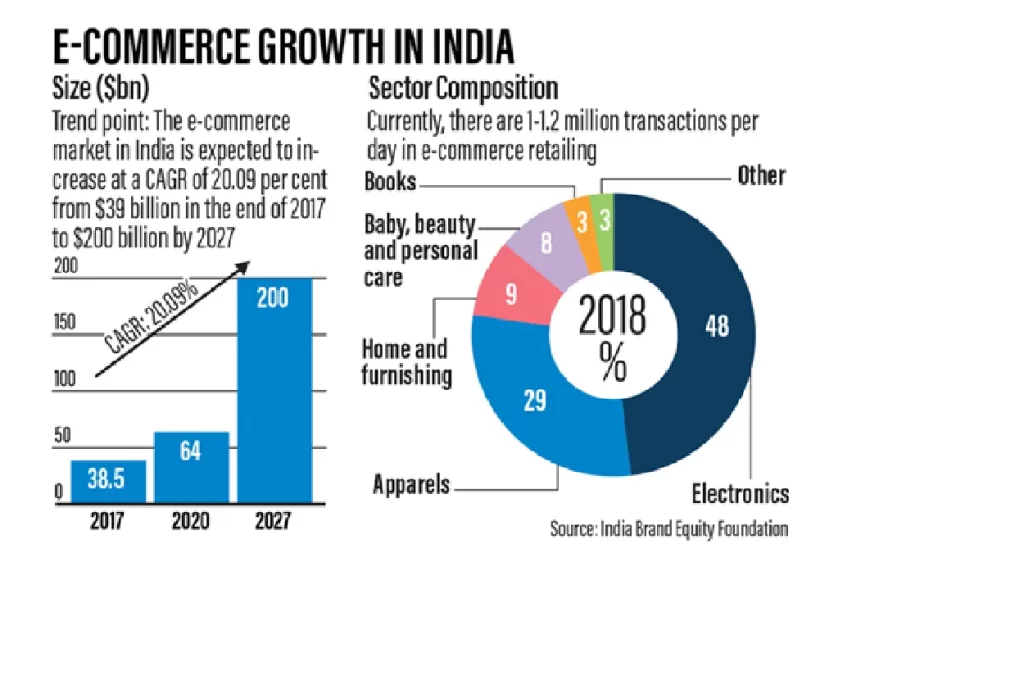- The Indian e-commerce sector is expected to touch $84 billion in 2021 from $24 billion in 2017
- India’s consumer market is poised to touch $1.2 trillion by 2021, making it the third-largest consumer market in the world.
- 1% of Indians increased their online shopping activity in 2020.
- Almost 29.5% of Indians shop online 3-5 days a week, and 15.7% are shopping every day.

Table of Contents
Cyber Threats to E-Commerce
Globally cyber-crime losses are more than 400 billion dollars every year.
Any unauthorized access can steal or manipulate data, leading to a tremendous loss in any e-commerce operation.
Cyber thefts can put businesses, as well as customers’ data, at risk. Sales, Profits, data, trust are all at stake by a cyber breach.
It is essential to cyber-secure your e-commerce operations to save brands, business, and customer data.
E-commerce is very much prone to cyber frauds as it is completely done over the internet. With businesses migrating online, the chances of cyber fraud increase. E-commerce brands are susceptible to IPR thefts as well.
The primary e-commerce frauds conducted recently include
1: Magecart Attacks
Globally cyber-crime losses are more than 400 billion dollars every year.
Any unauthorized access can steal or manipulate data, leading to a tremendous loss in any e-commerce operation.
Cyber thefts can put businesses, as well as customers’ data, at risk. Sales, Profits, data, trust are all at stake by a cyber breach.
It is essential to cyber-secure your e-commerce operations to save brands, business, and customer data.
E-commerce is very much prone to cyber frauds as it is completely done over the internet. With businesses migrating online, the chances of cyber fraud increase. E-commerce brands are susceptible to IPR thefts as well.
The primary e-commerce frauds conducted recently include
2: Carding Attacks
If credit card information is stolen, cybercriminals have to authenticateto sell them or use them. They use e-commerce websites for checking the cards. Many application programming interfaces (API) calls are also made in the process.
3: Credit Card Fraud
E-commerce companies should have a fraud detection system for the credit card to safeguard customers. Afraud-detection service can identify inconsistencies in addresses, country of origin, and IP and blow the whistle on suspicious transactions.
4: Ransomware
Ransomware was one of the most common cyberattacks in 2020. Hackers infect the system with viruses and demand ransom to unlock a process or system.
In 2021, Acer paid a $50 million ransom in Monero cryptocurrency.
How to Secure E-Commerce Players from Cyber Fraud
- E-commerce operators should invest in a cyber threat strategy and services covering customers, partners, vendors, and employees.
- Real-time content-security policies (CSP) protection increases security.
- Multi-factor authentication (MFA) helps control unauthorized access.
- It is always best to maintain offline backups.
- Secure the website correctly and monitor user account behavior
- A data theft-prevention strategy is crucial.
Conclusion
The year 2020 was filled with challenges that gave rise to new opportunities. The e-commerce segment grew tremendously in this period, while so did Cybercrime.
Cybercriminal networks are professional, and skilled, and have ample funding to scale their attacks and operations.
Cybersecurity firms are well-trained and capable of monitoring, identifying, and preventing cyber threats. However, the E-commerce sector is slated to keep growing and would benefit from an integrated cybersecurity policy adapted to its requirements.





